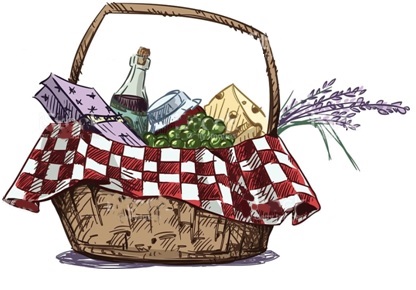Introduction
The world of mathematics can often be seen as a realm of numbers, equations, and complex ideas. However , within this seemingly significant domain, there exists a playful in addition to captivating facet that has interested minds for centuries: puzzles in addition to brain teasers. These intriguing challenges serve as a trip to understanding and rising the mathematical patterns in which underlie them. In this article, most people embark on a journey to research the fun, excitement, and educational associated with puzzles and brain teasers, and how they unveil the particular mathematical beauty that surrounds us.
The Age-Old Fascination with Puzzles
Puzzles and neural teasers are not a modern discovery; their history traces back to ancient civilizations. Riddles, questions, and games have been utilised as entertainment and educational methods in cultures across the globe. On the enigmatic riddles of the Sphinx in ancient Egypt into the intricate chess problems of the Middle Ages, humans have relished the challenge of solving vague ideas.
Puzzles as Mathematical Habits
What makes puzzles and human brain teasers fascinating is their valuable inherent mathematical nature. They may not be merely random challenges but rather carefully crafted problems that also include mathematical patterns and guidelines. When we engage with puzzles, you’re essentially exploring the mathematical universe in an interactive and exciting way.
The Joy of Clearing up
One of the most satisfying aspects of puzzles is the sense of achievement that comes with solving them. This unique joy is a testament on the human brain’s ability to recognize and decipher patterns. If your puzzle is cracked, it’s the result of recognizing an underlying math structure.
Types of Mathematical Behaviours in Puzzles
Puzzles also come in various forms, each displaying different mathematical patterns. Some common examples include:
Geometric Puzzles: Those challenges often involve arranging shapes to form a specific habit or structure. They showcase principles of geometry and even spatial relationships.
Number Vague ideas: Sudoku and Kakuro are generally well-known examples. They look into mathematical patterns related to quantities, logic, and combinatorics.
Sense Puzzles: These puzzles, such as logic grids and a wide thinking problems, require deductive reasoning and an understanding involving logical principles.
Pattern Worldwide recognition Puzzles: Jigsaw puzzles happen to be classic examples. They focus on pattern recognition and spatial awareness.
Mathematical Games: Game titles like chess, Go, in addition to Rubik’s Cube involve elaborate mathematical strategies and behaviours.
Educational Value
Beyond the excitment of solving puzzles, they supply substantial educational benefits. For college students, puzzles promote critical planning, problem-solving skills, and a further understanding of mathematical concepts. Many people encourage creativity, persistence, and also ability to approach challenges by multiple angles.
Puzzles with Modern Education
Puzzles have realized their place in modern enlightening settings. Teachers and school teachers recognize the value of integrating puzzles and brain teasers in to the curriculum. These engaging pursuits not only make learning satisfying but also help students grow crucial mathematical and intellectual skills.
Mathematical Patterns inside Everyday Life
Mathematical patterns discovered in puzzles are not limited by the confines of a portable or a puzzle book. That they permeate everyday life. From the symmetrical designs of architecture to the rhythmic patterns in music, exact concepts are woven in to the fabric of our existence. Questions serve as a delightful reminder on the mathematical beauty that encompases us.
Conclusion
Puzzles and also brain teasers are more than the pastime; they are a entrance to a deeper understanding of statistical patterns. They offer a unique mixture of challenge and enjoyment, making them the two educational and entertaining. We engage with puzzles, we not only exercise our brains and also explore the mathematical standards that underlie our world.
Therefore the next time you find yourself engrossed within a Sudoku puzzle or endeavoring to solve a riddle, understand that you are uncovering the invisible mathematical beauty that has fascinated minds for generations. Puzzles and brain teasers introduce the fun in mathematical behaviour and invite us in order to embark on a journey exactly where learning and enjoyment https://111murray.com/how-a-nursing-reflective-journal-writing-service-enhanced-my-learning-experience/ go in hand.
